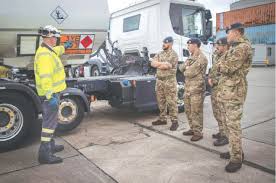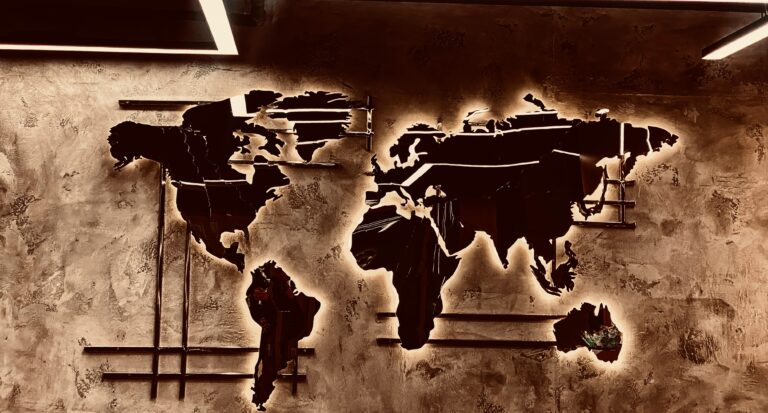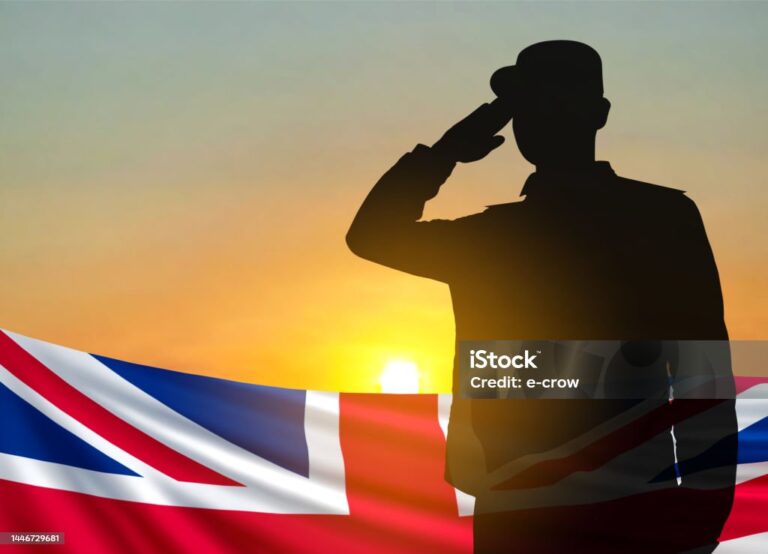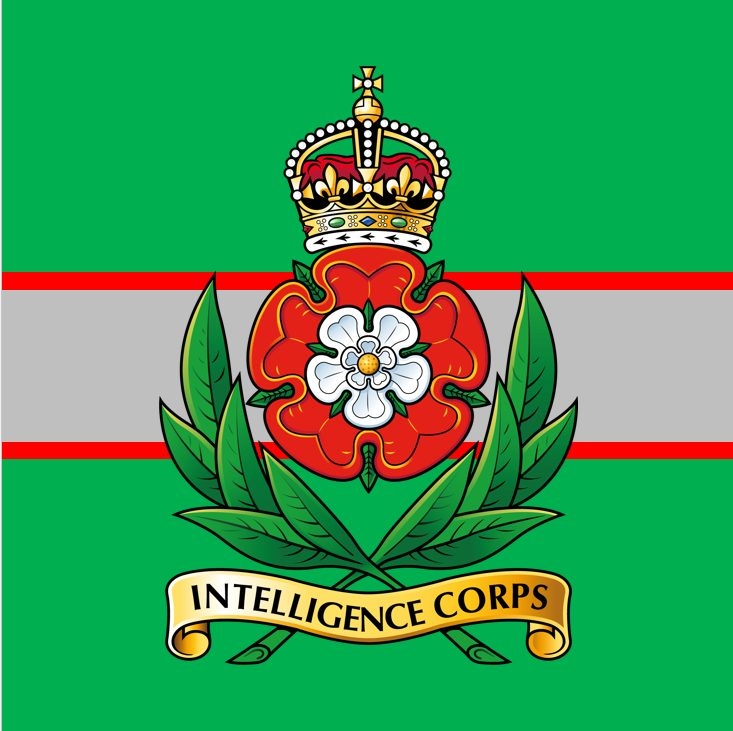Gurkha Soldiers in the British Army
Introduction
Fiercely loyal, exceptionally brave, and steeped in tradition — Gurkhas are among the most respected soldiers in the British Army. These elite warriors from Nepal have served the Crown for over 200 years, earning a reputation for extraordinary courage, discipline, and humility.
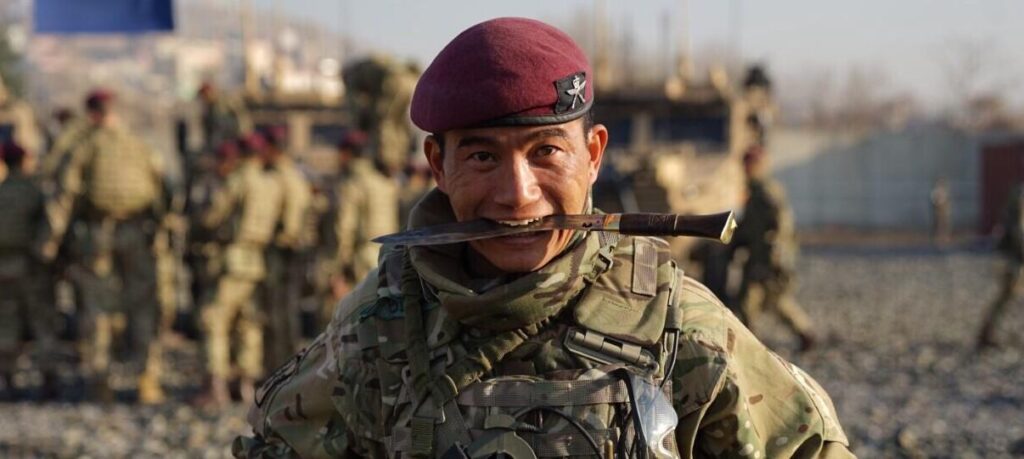
But behind their legendary status lies a modern fighting force: highly trained soldiers integrated into every aspect of UK military operations, from combat engineering to logistics and cyber support.
This article explores the unique world of Gurkha soldiers in the British Army, highlighting their history, roles, training, and continued relevance on the 21st-century battlefield.
Who Are the Gurkhas?
Gurkhas are Nepalese nationals recruited into the British Army under a bilateral agreement between the UK and Nepal. They serve in a unique formation known as the Brigade of Gurkhas, which comprises several regiments and specialist units.
The name “Gurkha” originates from Gorkha, a district in western Nepal known for producing fearless fighters. Their motto — “Better to die than be a coward” — speaks volumes about their ethos.
Historical Background
Gurkhas first entered British service in 1815, following the Anglo-Nepalese War. Impressed by their martial prowess, the East India Company began recruiting them into its ranks. After India’s independence in 1947, Gurkhas were divided between the Indian and British Armies.
Since then, British Gurkhas have served in:
- World Wars I & II
- Malayan Emergency
- Falklands War
- Bosnia, Kosovo, Sierra Leone
- Iraq and Afghanistan
- Modern NATO deployments across Europe
They’ve earned 13 Victoria Crosses, and thousands of individual decorations for gallantry.
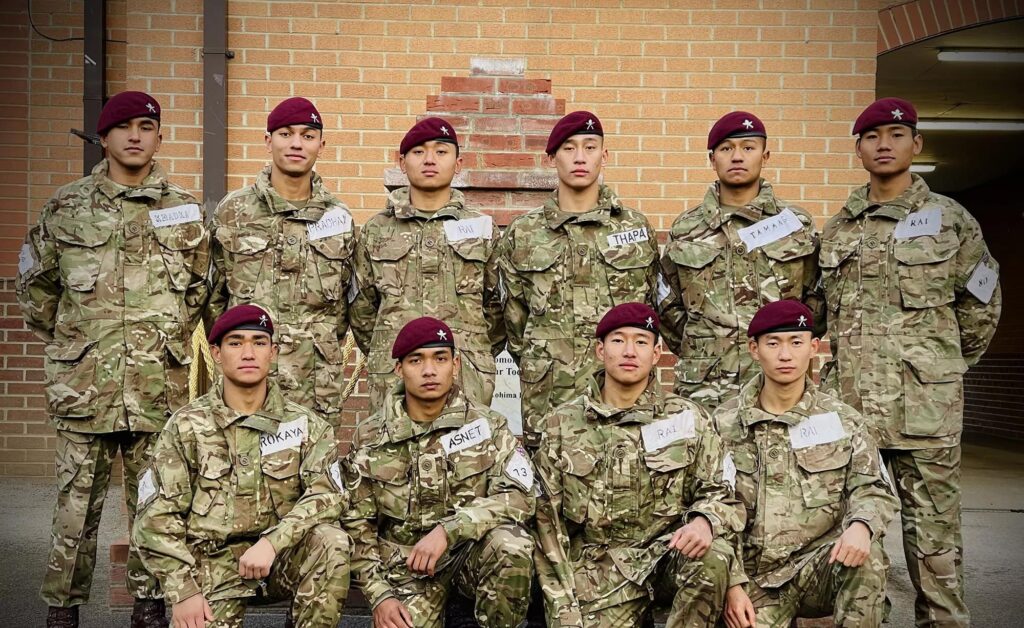
Structure of the Brigade of Gurkhas
Today, the Brigade includes:
- The Royal Gurkha Rifles (RGR)
- Frontline infantry soldiers trained for high-readiness deployment
- Two battalions: 1 RGR (UK) and 2 RGR (Brunei)
- Queen’s Gurkha Engineers (QGE)
- Combat engineers supporting mobility, fortification, and demolitions
- Queen’s Gurkha Signals (QGS)
- Military communications and cyber support specialists
- Queen’s Own Gurkha Logistic Regiment (QOGLR)
- Transport, supply chain, and fuel distribution support
- Gurkha Staff and Personnel Support (GSPS)
- HR, admin, and finance professionals in operational environments
Each of these units integrates seamlessly into wider British Army operations, including NATO, UN, and joint special operations.
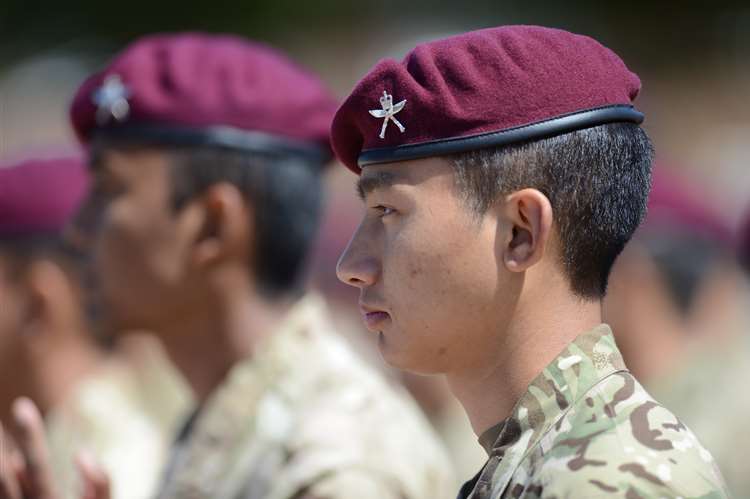
Recruitment and Selection Process
Becoming a Gurkha soldier is one of the most competitive and grueling recruitment processes in the world. Thousands apply, but only a few hundred are selected annually.
Step 1: Initial Screening in Nepal
- Held in Pokhara and Dharan, two main recruiting centres
- Physical assessments: running, sit-ups, pull-ups
- Academic testing (math, English, logic)
- Background and family checks
Step 2: Final Selection Camp
- Includes the infamous Doko race: a 5km uphill run carrying 25kg in a wicker basket
- Obstacle course and team tasks
- Interviews and cultural assessments
- Candidates must be between 17 and 21 years old
Successful recruits are flown to the UK to begin formal military training.
Basic Training in the UK
Gurkha recruits undergo a 39-week course at Catterick Garrison, longer than standard British infantry training. This includes:
- Combat skills, fieldcraft, and weapons handling
- English language training
- British Army values and standards
- Cultural induction and adaptation
- Physical development
- Drill and ceremonial training
On graduation, soldiers join their allocated regiment within the Brigade of Gurkhas.

Operational Roles
Modern Gurkhas serve in diverse environments:
- Jungle warfare in Brunei and Belize
- Arctic training in Norway
- Peacekeeping in Cyprus and South Sudan
- Combat tours in Afghanistan and Iraq
- Disaster relief in Nepal (earthquake response) and Mozambique
They also work alongside Special Forces as support troops, including signalers, medics, and logisticians.
Distinctive Features of Gurkha Service
- The Kukri: Each Gurkha carries a traditional curved knife — a symbol of heritage and loyalty
- Cultural Integration: Gurkhas maintain strong Nepali traditions including festivals (Dashain, Tihar), food, and music
- Community: Gurkhas often serve in tight-knit units, fostering family-like bonds
- Service Length: Typically 22 years, with excellent retention and career progression
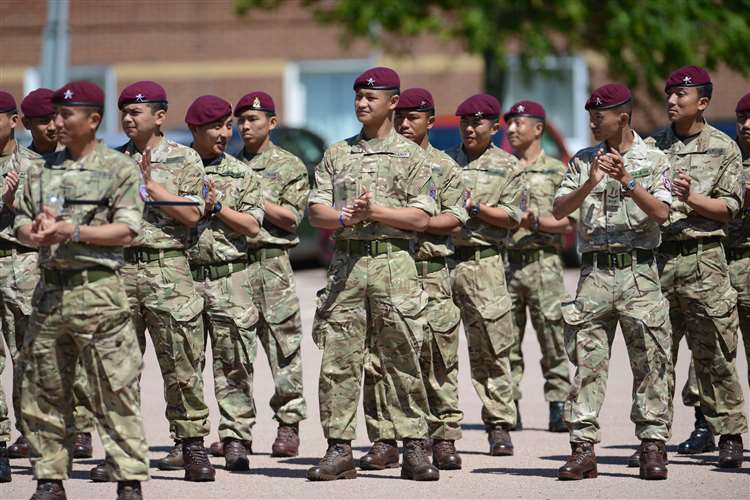
Real Story: Rifleman Kulbir Thapa VC
In WWI, Thapa carried a wounded British soldier through enemy lines, under fire, refusing to leave him behind. He became the first Gurkha to win the Victoria Cross, setting the tone for generations to come.
More recently, Lance Corporal Dipprasad Pun was awarded the Conspicuous Gallantry Cross after singlehandedly fighting off over 30 Taliban attackers in Afghanistan in 2010 — using rifles, grenades, and even a tripod when ammo ran out.
Career Opportunities and Progression
Gurkhas have full access to Army careers including:
- Commissioning as Officers (via Royal Military Academy Sandhurst)
- Specialisation in signals, logistics, engineering, intelligence, and more
- Transfer to other units like the Parachute Regiment or Intelligence Corps
- Post-service employment in:
- UK police and security forces
- International NGOs and UN peacekeeping
- Gurkha Welfare Trust and Veterans’ Affairs
Life After Service
The Armed Forces Covenant ensures that Gurkha veterans receive equal treatment in pensions, housing, healthcare, and citizenship rights.
Many settle in Aldershot, Folkestone, and London, where large Nepali communities now exist. Former soldiers often contribute to community policing, education, and welfare initiatives.

Challenges and Controversies
Gurkhas have historically faced issues including:
- Pension inequality (now mostly resolved)
- Citizenship rights
- Cultural adaptation to UK life
- Recognition and integration
However, legal reforms and veteran activism — led by figures like Joanna Lumley — have dramatically improved conditions in recent decades.
Salary and Benefits
- Initial salary: ~£21,500 per year (after training)
- Operational Pay: Bonuses for deployment and overseas hardship
- Free housing and food
- Gurkha Welfare Scheme: Additional family support and development programs in Nepal
- Access to the same pension and promotion systems as British soldiers
Conclusion
Gurkha soldiers blend ancient warrior spirit with modern professionalism. Loyal to the Crown, proud of their roots, and trusted on every battlefield, they continue to serve with courage and distinction. Whether carrying a kukri in the jungle or operating drones in the Arctic, Gurkhas prove that tradition and technology can go hand in hand.
Theirs is a legacy forged in honour — and one that continues to shape the future of the British Army.

